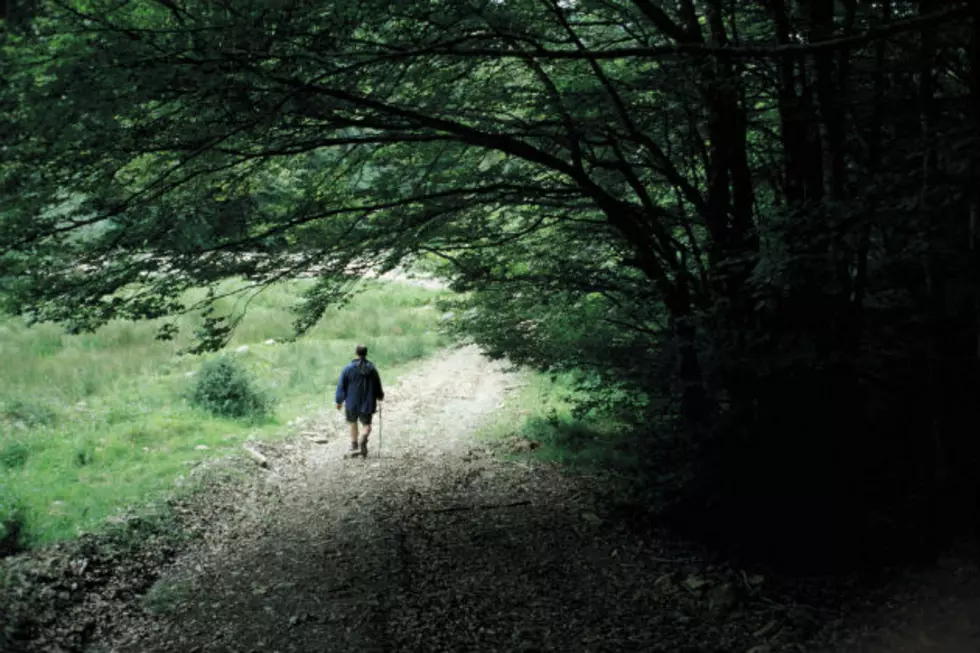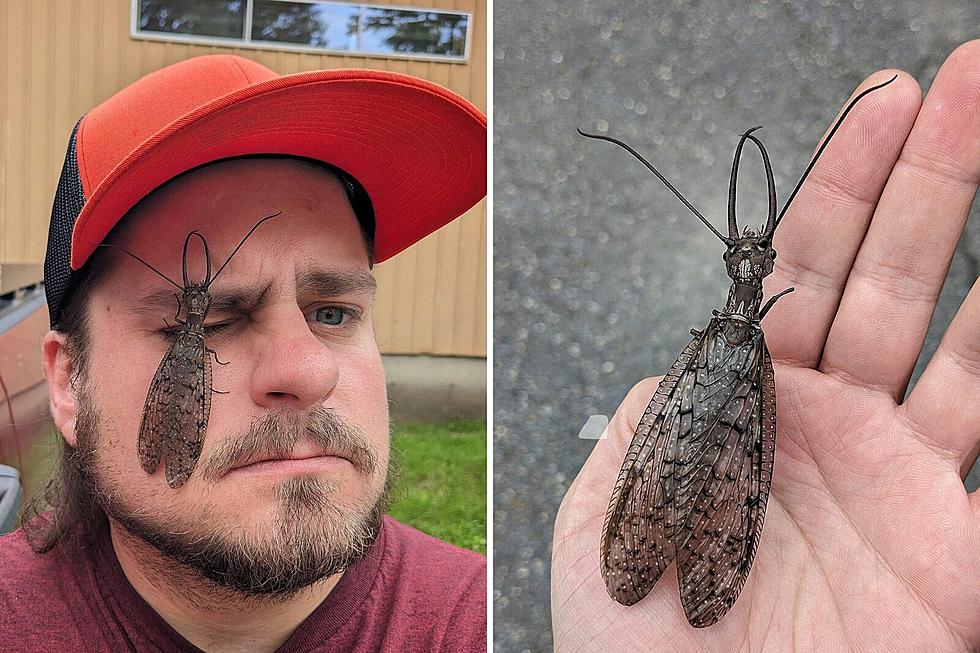
When You Meet a Blind Person…
For those who do not know me, my mother is blind. She is an amazing person who is going to college full-time and most recently climbed Katahdin with her guide dog, Libby.
The main purpose of writing this is because it surprises me how the public approaches my mom and Libby. Strangers go right up to Libby and start petting her as though she is a side show exhibit at the fair, causing her to stop working and making situations potentially hazardous for my mom. Cashiers ask my mom for a driver’s license instead of an ID resulting in her having to explain why she doesn’t have one.
Here are some suggestions, from the American Council for the Blind, that will help you feel at ease with blind people, and are common courtesies you might extend to anyone, sighted or blind.
- There are many ways in which you can be helpful to a blind person in everyday situations, but always ask if the person wishes assistance. If help is needed, they'll be grateful. If not, they will thank you for asking.
- Speaking upon entering a room where there is a blind person is very helpful. Identify yourself and let them know when you're leaving. Don't exit without informing them and leave them talking to thin air.
- When greeting a blind person if others are present, use a name or provide some cue so the blind person can tell for whom your greeting is intended. Remember that blind people can't see when you're looking at them.
- Address a blind person directly, not through someone else, and use a normal tone of voice. When giving directions to a blind person, be specific. Pointing will not help, nor will "over there." Phrases such as "do you see what I mean" or "let's look at the numbers" are a normal part of everyday conversation, so you needn't censor your conversation. Remember, too, that nods and shrugs do not take the place of words.
- If the blind person chooses to accept assistance with moving through an environment, it will be easiest for him or her to hold onto your arm just above the elbow when walking. This will position you about ½ step ahead, and the individual can easily follow your movements. Pause briefly before ascending or descending steps and inform the individual as to whether they are going up or down. When providing assistance to cross the street, stay with the person until the opposite curb has been safely reached.
- Avoid the temptation to pet a dog guide. The dog is a working animal responsible for leading a person who cannot see and should not be distracted or treated like a pet.
- When escorting a blind person to a chair, place his or her hand on the back of the chair or if approaching from the front, guide the individual to a position where he or she can contact the chair with his or her leg. If you take them to a car or bus, guide their hands to the door handle. They'll manage the rest.
- When you dine with a blind person it can be helpful to describe the table setting. The location of food servings can be described as numerals on a clock face, I.E. "your mashed potatoes are at 7 o'clock."
- If you have a money transaction, identify the denomination of the bills so that he or she may fold them according to the individual's own method for identification.
The most important things needed when you meet blind individuals are your good will and common sense. Remember that blind people think, feel and make decisions just as you do. A blind person is an individual who has usually lost only one sense-the sense of sight. Be natural and enjoy one another.
More From B98.5









